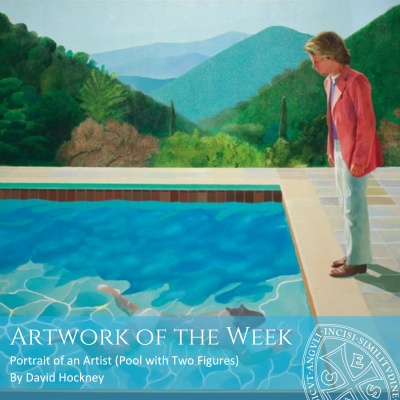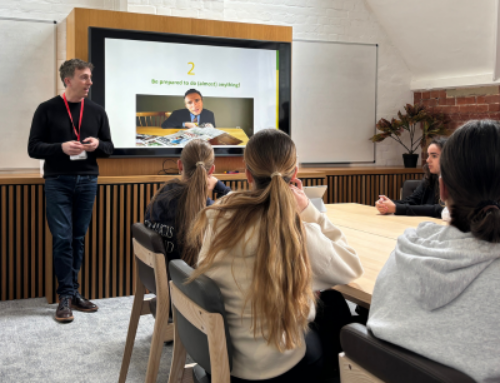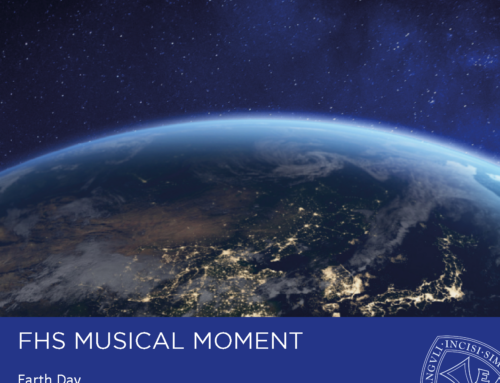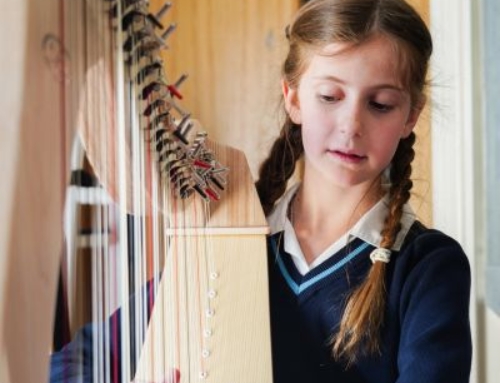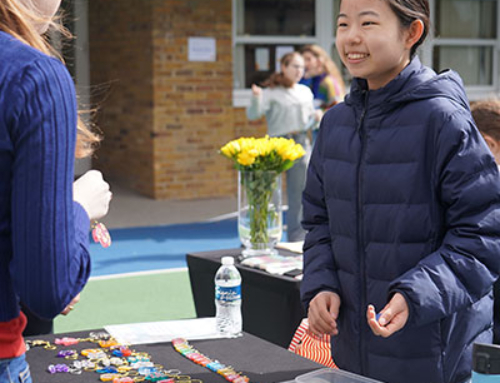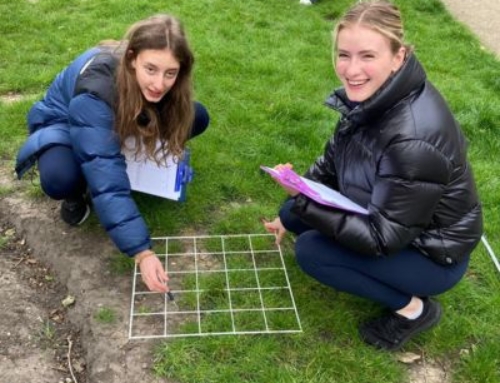Welcome back to Artwork of the Week everyone! My name is Paloma, one of your History of Art subject prefects, and over the weekend I visited an exhibition at the Tate Modern called ‘Capturing the Moment’ where I encountered this iconic painting by David Hockney. The exhibit explores the relationship between painting and photography grappling with the question, which medium best portrays reality? The development of the camera allowed exact images of reality to be created, but gave painters the new found freedom to no longer have to replicate reality through their work. Picasso is a great example where the artist has let go of trying to portray reality and instead is turns towards his own perception of reality distorting images to guide his painting. From this came the birth of Cubism. But, alongside these artists, others began to use live and photographic references, transforming and warping figures and existing images to create an entirely new perception of reality.
Which brings us back to the painting! This large scale acrylic painting is one of Hockney’s most renowned works selling for over $90 million dollars and is one of the most expensive works of art by a living artist ever sold at auction. The origins of this painting go back to when Hockney spotted two photographs laying on his studio floor. He enjoyed the juxtaposition and serendipitous nature of the pair, the distorted fluid body of the swimmer vs the static position of the figure gazing downwards, and immediately started painting. He actually destroyed the initial painting but was set to try again in time for an exhibition in New York. He raced to his villa in St Tropez and took hundreds of photographs capturing the composition in this idyllic pool setting. An assistant of his dove into the pool, and Hockney’s then boyfriend, Peter Schlesinger stood at the edge of the pool gazing at the swimmer below. From this superimposed assemblage of photographs, he completed the painting up to the very last second when it would be shipped to New York.
The bright yet flat colours on this monumental canvas immediately caught my eye as I entered the room. Just seeing the burst of pinks, greens and blues from the corner of my eye, I immediately knew what painting it was. Hockney utilises flattened and simplified shapes emphasising the more static side of this composition while also bringing focus on the fluidity of the water and movement in the swimmer, creating an appealing balance in the painting. The dynamic nature of the water is portrayed through Hockney’s iconic white wavy lines accented with pastel yellows and oranges to imitate the beautiful refractions of light. The saturated colour palette instantly catches our eye especially the vibrant blue pool that dominates the composition.
More stark contrast can be found between the clarity of the man in the pink suit and the blurred distorted effect of the swimmer. The painting appears very graphic, this is emphasised compositionally as well through the clean straight lines of the pool and the even ‘V’ formed by the valley behind that creates a central axis and leads our eyes back down towards the swimmer. There is a sense of ambiguity and mystery surrounding the relationship between the figures, their communication between each other. The water almost acts as a barrier for this communication. We can only wait till the swimmer rises back up to the surface. We are forced to a standstill and end up in this slightly awkward moment of silence between the figures. An atmosphere of serenity is created and emphasised by the idyllic and calm setting.
This painting represents a great innovation: combining the objectiveness of photography and subjectiveness of painting. He appropriates these photographs and creates a brand new story. Hockney blurs the line between objective and subjective reality. He captures a moment but does not reveal everything leaving the viewer to imagine what could happen next.
I hope you enjoyed this week’s edition of Artwork of the Week and hope you have a restful weekend! Thank you for reading!
Paloma, Upper Sixth


